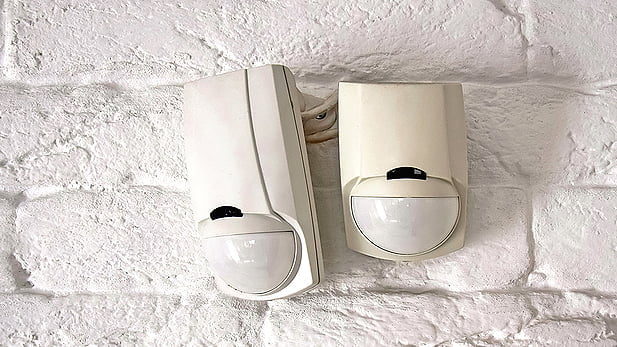Voltage Drop In 12V Circuits
♦ Voltage drop in 12V circuits – how serious is voltage drop in 12V circuits and what can we do to minimise the issue?
A: Voltage drop in 12V circuits is a major issue. Voltage is what causes current to flow – without voltage electrons would just rattle around in the same place. This means that without the necessary voltage, energising current is not going to arrive where required.
12V is a modest voltage and that makes it especially prone to voltage drop if installations aren’t handled carefully. A particular issue is that even a well installed 12V DC circuit is going to run into voltage drop issues over time as resistance builds up through corrosion in terminations at either end of the run, as well as in junction boxes mid-run. A circuit that has been installed for decades, especially in an environment that’s humid and/or salty, is going to end up delivering 9V instead of 12V.
A key consideration when building 12V circuits is considering the voltage drop introduced by the environment and by connections and terminations when the circuit is new. Electronic security devices are fairly tolerant of voltage drop, so getting this right should not be too hard. You’re trying to keep maximum drop at around 5 per cent for a circuit at full load. Sensitive circuits should be kept within 1.5 per cent, which is not as easy as it sounds, but is unlikely to be necessary with most security systems.
There are a number of things techs can do to ensure voltage drop doesn’t become an issue. Choose devices that are tolerant of voltage drop. Buy higher quality conductors that are resistant to moisture where required, install them carefully, and pay attention to the quality of terminations throughout the cable run.
You should also keep your cable runs within specification and make the effort to measure drop across typical circuits. If an environment is complex or challenging, keep cable runs shorter. If you need to go longer, increase conductor size. Measure voltage in the field in order to get a feel for how these choices impact on circuit voltage.
Other techniques include managing temperature by venting junction and controller boxes, or keeping cable in the bottom of a space, rather than the top. In some cases you may be able to power devices from a remote source, reducing cable length.
Depending on your skill level and the nature of the circuit, you can also decrease voltage drop by decreasing load current, but you’ll need to make sure the circuit remains capable of powering field devices.
#SEN #SENnews #security #electronics












